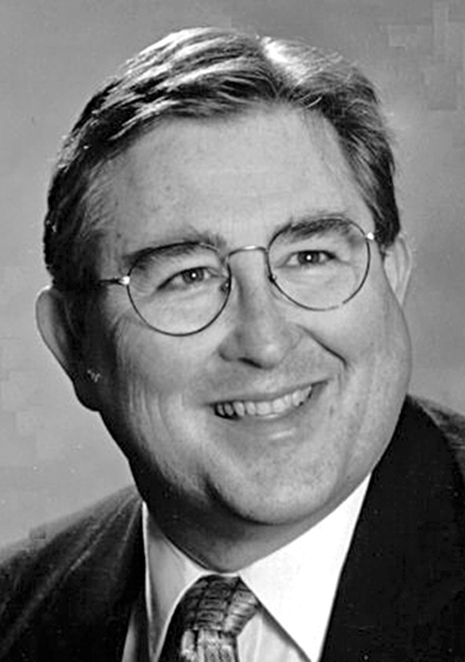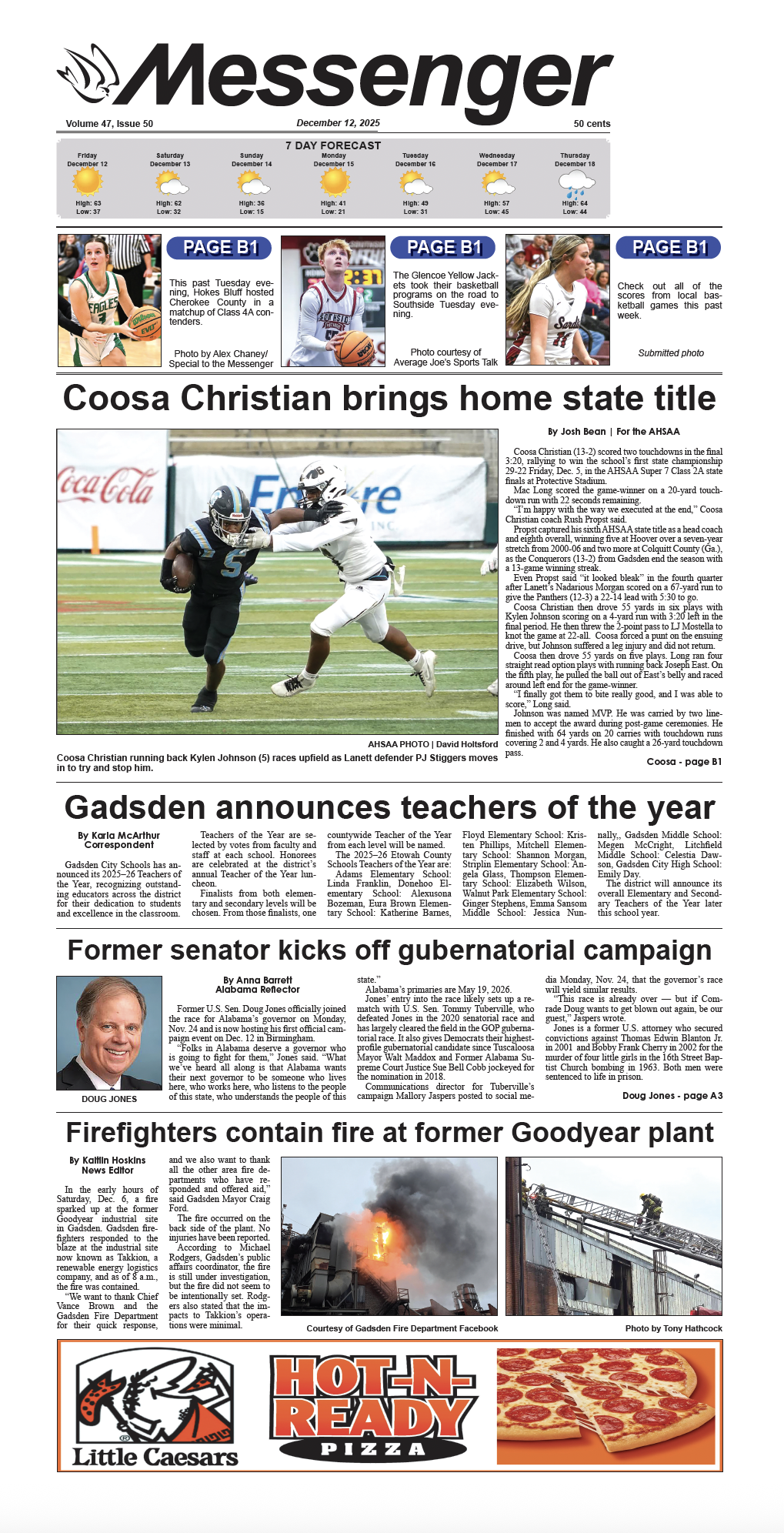By Danny Crownover
In January of 1948, Gadsden Mayor J.H. Meighan announced that he had finally closed negotiations for a new traffic bridge to be built across Coosa River with state and federal aid and that preliminary work on the project would get started without delay.
In addition, Judge Louis L. Herzberg announced that he had induced the state to aid in building what would be named the Broad Street Bridge, thus making possible the tremendous industrial and commercial expansion in East Gadsden. The new bridges were expected to relieve a very serious traffic situation for the city and meant further expansion both sides of the Coosa.
Meighan and Herzberg had the unanimous support of all business and labor elements for the projects.
R.A. Mitchell had first su-ggested a bridge on Broad Street, and at the time, many thought that it was not a feasible project. As the years passed, however, it became plain to everybody that the need for one was great if the City of Gadsden was to expand. When Herzberg became state tax commissioner under Governor Bill Brandon, one of his first acts was to present a request for the bridge to state highway commissioner John Rogers.
When the contract was finally signed, the governor remarked, “That Gadsden bridge is a monument to the friendship between Louis Herzberg and John Rogers.”
The judge had ample backing back home in Gadsden. As chairman of a Civitan Club committee, C.F. Hoffman began a campaign that brought all other civic bodies in the city in line behind the project. When the bridge was completed, Hoffman was publicly presented with a plaque as a token of the city’s appreciation for his efforts, without which the bridge might not have been built.
When the L&N Railroad built its bridge on Locust Street, the county secured the privilege of using the bridge for vehicular traffic by paying $25,000 of the cost of construction. When it was decided to build the new bridge, the railroad readily agreed to pay the $25,000 back to get rid of the county’s contract.
On April 1, 1925, the City of Gadsden issued $25,000 bonds for its share of the project’s cost after having been voted by the people with only one vote against the proposition. When ground was broken soon afterward, Judge Herzberg threw out the first shovel full of dirt and formally dedicated the structure as a memorial to the dead of Etowah County in World War I.
The bridge was formally opened on April 27, 1927, with Governor Bibb Graves and his chief financial adviser Charles Moffett on hand to make the dedicatory speeches. A huge parade was held, during which Gadsden, Attalla and Alabama City had floats. Marjorie Williams was the parade queen for Attalla, Kathleen Loner was the parade queen for Alabama City and Allie Sue Stallings was the parade queen for Gadsden. A public dance was held on the bridge along with the greatest fireworks display in the city’s history.
The Vagabond may be contacted at dkcrown@bellsouth.net




